Abstract
In the current work, rice husk (RH) biomass was pyrolyzed using tartaric acid as an activating agent to produce activated carbon (AC). For 60 min, the procedure was run at 700 °C and 5 L/min of nitrogen (N2) flow rate. The study used response surface methodology (RSM) and a 3-level Box-Behnken design (BBD) to optimize the extraction efficiency of rice husk activated carbon (RHAC) in eliminating reactive orange 16 (RO16) dye from an aqueous solution. Different process parameters, such as pH (2–12), RHAC dose (0.04 – 0.14 g), and time (60-240 min), were chosen as part of the optimization method. When the solution's pH was 2, the adsorbent dosage was 0.09 g, and the contact time was 240 min, the maximum amount of dye removal (53%) was achieved. This work demonstrates the ability to use abundant husk biomass to create activated carbon, which can be used as an adsorbent to effectively remove organic dyes.
Recommended Citation
Abdulhameed, Ahmed Saud; Wu, Ruihong; Reghioua, Abdallah; Mbuvi, Harun M.; Yaseen, Zaher Mundher; and Garba, Zaharaddeen N.
(2024),
Activated Carbon Derived from Rice Husk Biomass using Pyrolysis-assisted Tartaric Acid Activation for Removal of Reactive Orange 16 Dye: Adsorption Modeling using Response Surface Methodology,
AUIQ Complementary Biological System: Vol. 1:
Iss.
1, 89-95.
DOI: https://doi.org/10.70176/3007-973X.1009
Available at:
https://acbs.alayen.edu.iq/journal/vol1/iss1/10
Digital Object Identifier (DOI)
10.70176/3007-973X.1009


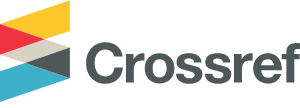



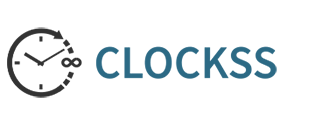



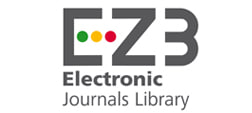





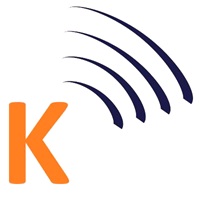
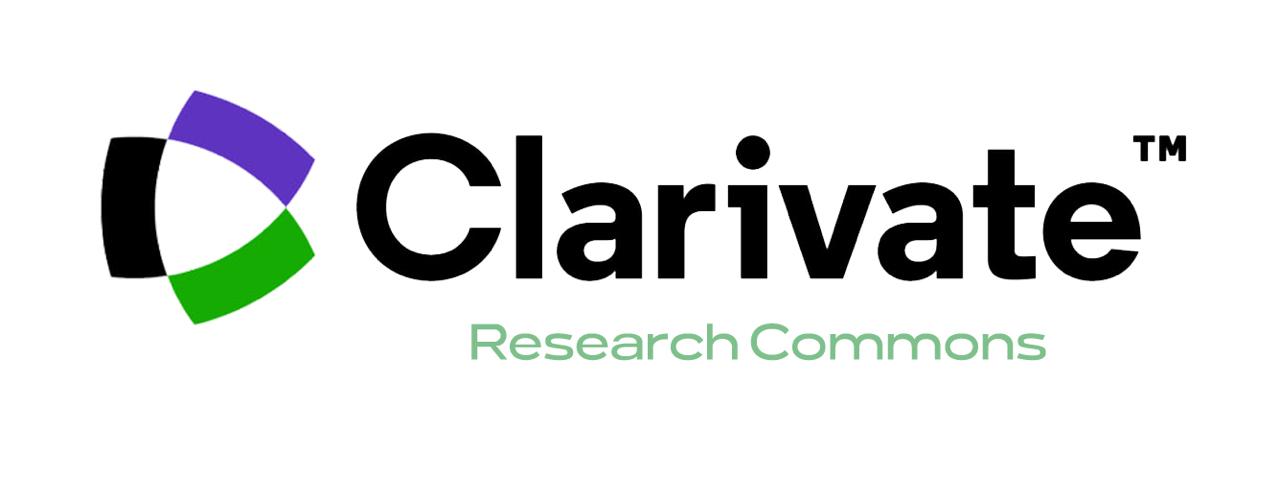


Follow us: